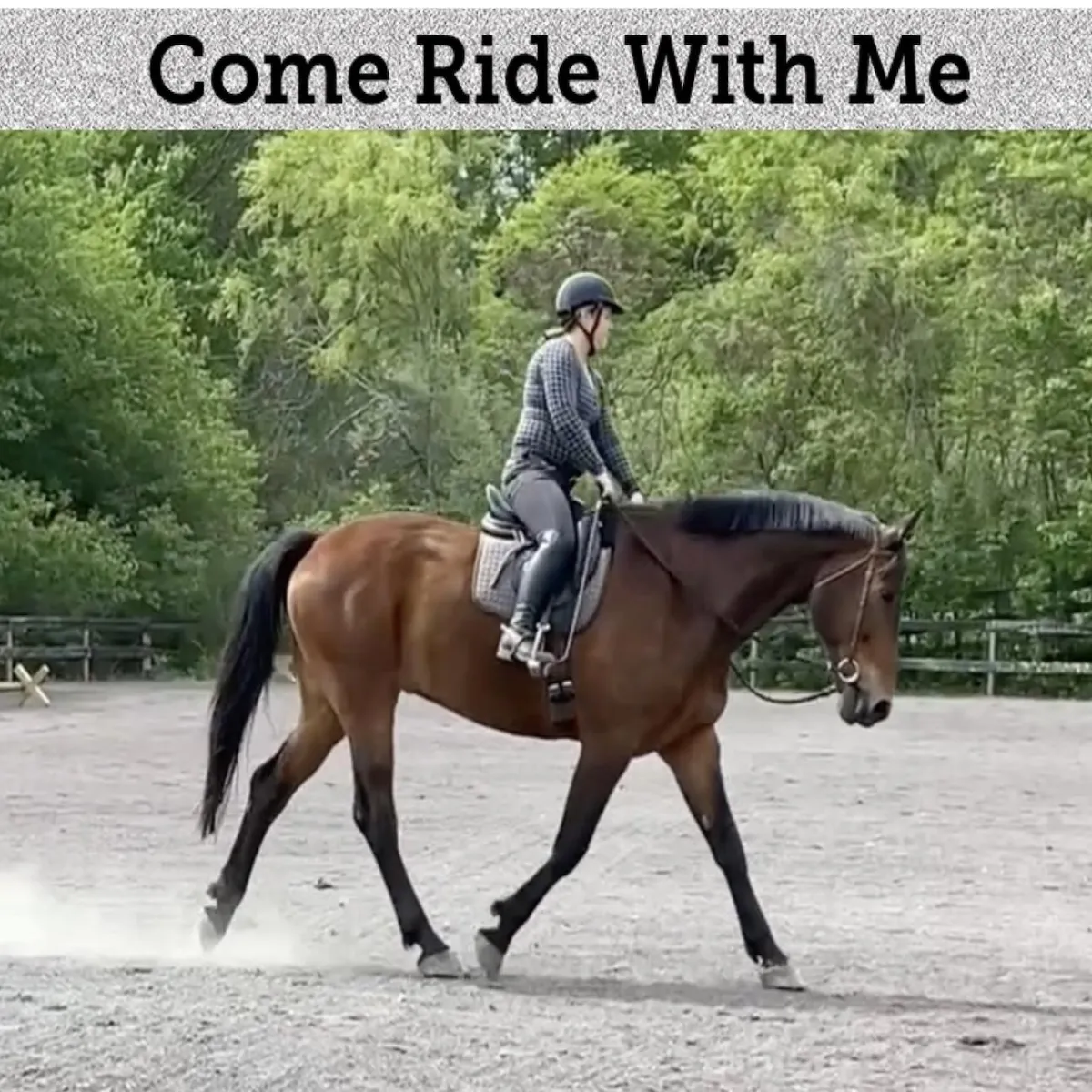Compassionate. Intuitive. Empowered.
Do you struggle with perfectionism?
Take the quiz to find out 👇
You’re here because you love your horse, and you love to ride. But let’s be honest—sometimes it doesn’t feel like enough. Frustration sets in. Fear whispers, “What if I fail?”
You dreamed of joy and partnership, not frustration and fear.
I see you. I’ve been where you are.
At Equus Enlightened, we know the weight of wondering..
Am I meeting my horse’s needs?
You’ve seen your horse thrive under a trainer, only to lose that progress once they’re home. It’s frustrating, and it feels like you’re taking two steps back for every one step forward.
Does my horse even understand what I want?
You want to connect with your horse on a deeper level, but no matter what you try, you struggle to communicate effectively. It feels like you’re speaking different languages.
Why does it feel like I’m stuck when I’m trying so hard?
Despite your efforts, progress feels slow or even non-existent, and you’re starting to wonder if you’ll ever achieve the goals you set for yourself and your horse before time runs out.
Is this training actually working for us?
You’ve tried so many methods, tactics or gadgets, and they've all failed to give you the results you desire. You’re tired of a one-size-fits-all approach that doesn’t consider your horse’s unique needs or your personal goals.
Forge Your Own Path to Connection and Confidence.
it's time to move beyond methods that haven’t served you or your horse.
The truth is, no two horses are the same. No two horse-and-rider pairs are alike. Cookie-cutter training doesn’t work—and it shouldn’t.
That’s why we offer
personalized coaching
that aligns with your values, acknowledges your fears, and reignites the joy you and your horse deserve.
Achieve a Partnership Built on Trust and Understanding
Imagine your horse responding to you with enthusiasm and trust -- not out of fear or habit, but because you’ve nurtured a genuine connection. Learn how to communicate with your horse in a way that fosters mutual respect and understanding, leading to a partnership where you and your horse move as one.
Riding Should Be a Joy, Not a Struggle
You got into horses because you love them—their grace, their spirit, the connection they offer. Riding was supposed to be your sanctuary, a source of peace and happiness. Not anxiety. Whether your dream is excelling in dressage competitions or simply enjoying carefree trail rides, riding should be
easy, fun, and fulfilling
.
Confidence in Your Abilities and Your Horse’s Potential
Imagine confidently guiding your horse through any task, knowing that you have the skills and knowledge to bring out the best in both of you. Through a personalized approach to teaching, you’ll learn how to interpret your horse’s behavior, respond with clarity, and develop a training routine that respects both your needs and your horse’s natural instincts.
A Community That Supports Your Growth
You’re not alone in this journey. Join a community of like-minded riders who are as dedicated, compassionate, and eager to learn as you are. Whether through online discussions, podcast insights, or in-person clinics, you’ll find the support and inspiration you need to continue growing, both as a rider and as a partner to your horse.

Ride Along with Anna!
Listen to the “Come Ride with Me” Podcast
Discover a new way to connect with your horse through Anna Fox’s podcast, "Come Ride with Me." Each episode takes you on a journey into Anna’s world, with invaluable insights on how to build a harmonious partnership with your horse.
Learn how to transform your rides into a meditative experience where communication with your horse comes naturally.
Gain practical tips on handling common challenges, from creating a freely forward horse to dealing with spookiness.
Explore the power of intention and loving energy in your interactions with your horse, helping you create a trusting, joyful bond.
Join a community of like-minded riders who are as dedicated and compassionate as you are.
Let's Get Started
1
Begin with a Discovery Call
Step into a training experience designed to bring out the best in you and your horse. During our call, we’ll uncover the specific challenges holding you back and create a plan tailored to your unique journey.
Because amazing horsewomen aren’t born—they’re nurtured.
Ready to transform frustration into fulfillment?
2
Book Your First Lesson
Here, frustration is replaced with clarity, fear with empowerment, and failure with success that feels authentic to you.
Imagine:
•
A partnership with your horse that thrives on trust and understanding.
•
Riding that brings you peace and joy—not anxiety.
•
Confidence in your ability to shine as a horsewoman others admire.
3
Nurture Your Path to Excellence
With consistent guidance and tailored support, you’ll continue to develop a lasting partnership with your horse.
As you progress, you’ll gain the tools, knowledge, and confidence to achieve your riding goals while fostering a relationship built on trust and mutual respect.
You already have the passion. Let’s nurture your path to excellence together.

Contact US
anna@equusenlightened.net
540-672-8551
© 2022 Equus Enlightened - All Right Reserved
Terms and Condition ● Privacy Policy